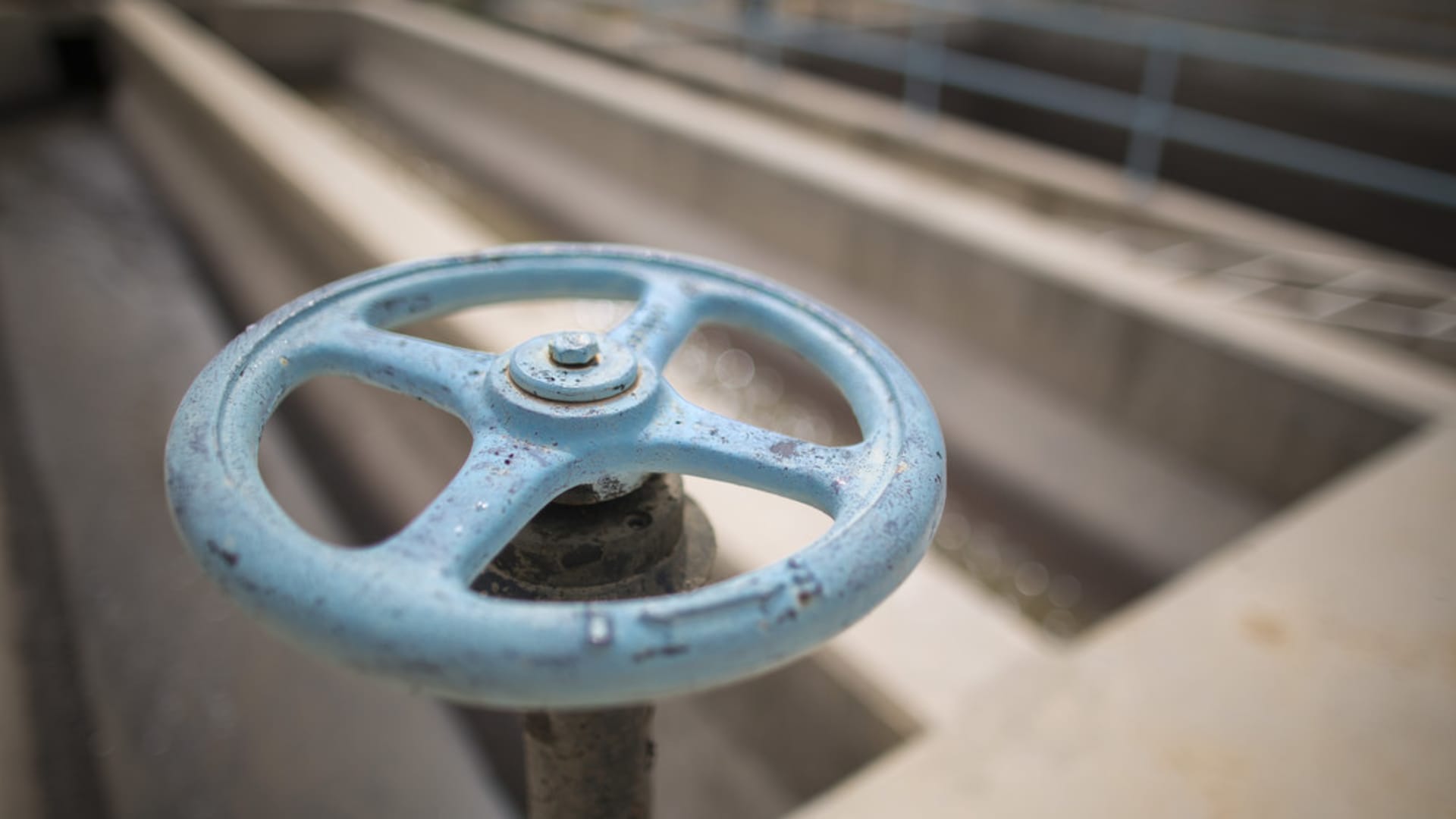An Australian plant that converts human waste into fertilizer and energy has been opened, with those involved in the project hoping it will reduce carbon emissions and save money.
Located at the Loganholme Wastewater Treatment Plant in Logan City, Queensland, the biosolids gasification facility was developed by Logan Water, the water business of Logan City Council.
According to the council, the 28 million Australian dollar (around $20 million) facility “blasts sewage with extremely high heat.” The Australian Renewable Energy Agency provided $6 million in funding for the project.
The end product from the process is an odorless biochar which can be used as a fertilizer in agriculture, among other things. In a statement Tuesday, the council described the facility as “the first of its kind in Australia.”
Logan Water collaborated with a range of partners to deliver the project’s gasifier. A key component of the project was the installation of two industrial strength driers constructed in Germany by ELIQUO, a Dutch firm. The driers each weigh 34 metric tons and are 18 meters in length.
“The gasification process involves biosolids (sewage sludge) being dewatered, dried and treated at high temperatures,” the council said. “Heat created from the process is then captured and used in the drying phase.”
Prior to the facility’s opening, trucks had taken the sewage sludge to another site where it was repurposed as low-grade fertilizer.
“Operational cost savings and carbon credits will return almost $1 million annually to the City of Logan while a new revenue stream will be created from biochar sales,” according to the council. Carbon emissions would be lowered by roughly 6,000 metric tons per year, it added.
The idea of reusing organic matter or waste in industrial processes and other initiatives is not a new one.
In February 2021, for example, it was announced that a biogas facility off the south coast of England would provide electricity to a factory operated by Danish wind turbine maker Vestas.
Several years earlier, a “Bio-Bus” powered by sewage, food waste and other commercial liquid wastes was used to transport passengers between Bristol Airport and the city of Bath, in southwest England.
Elsewhere, Reading, a large town west of London, is home to a fleet of more than 58 bio-gas buses using biomethane from cattle slurry and food waste.
Back in Australia, it was announced last August that researchers would work with utilities and investigate using wastewater in hydrogen production.

